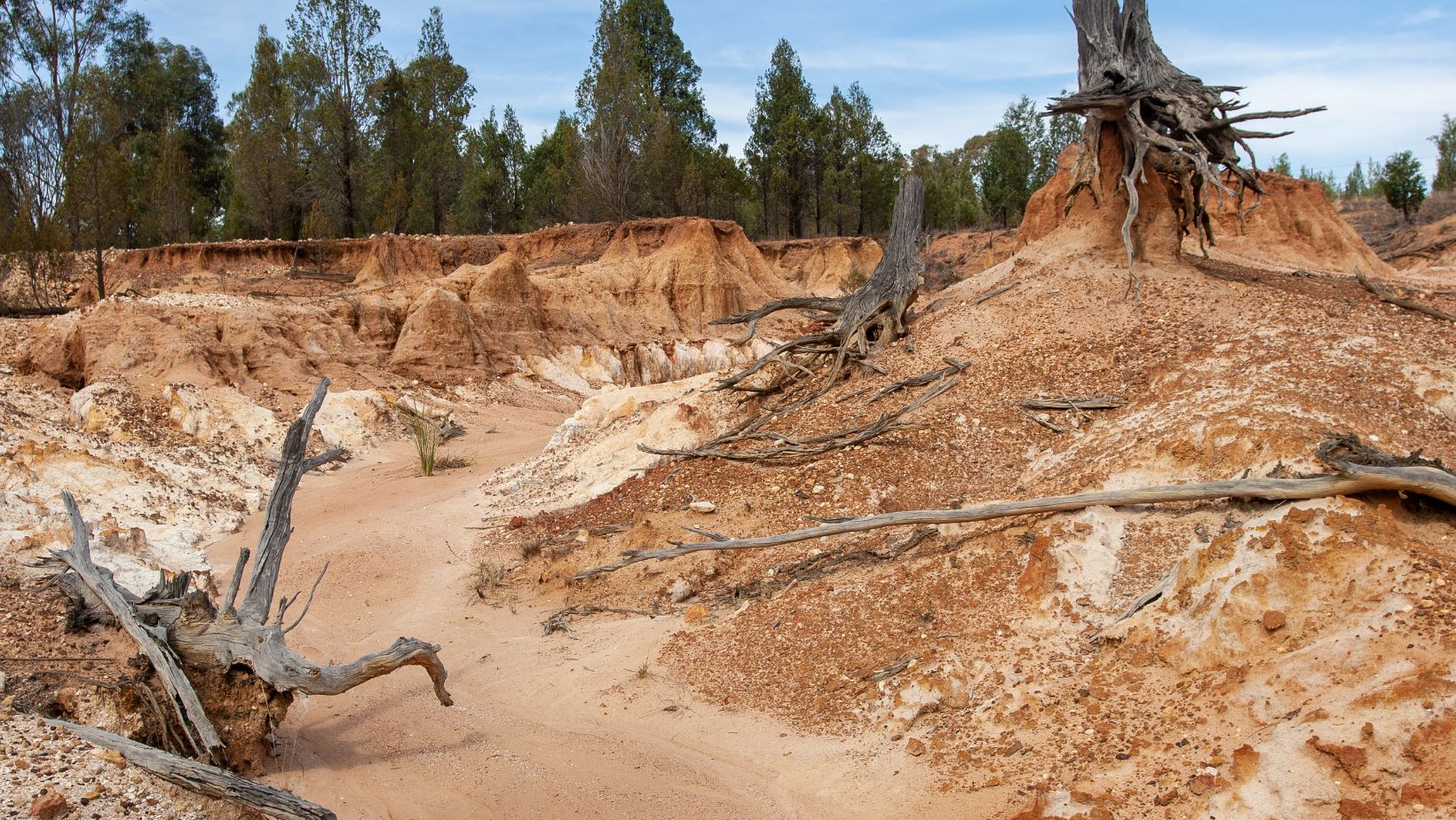
Increasing coastal erosion poses a threat to coastal communities worldwide. With the escalating impacts of climate change, sea levels are not just rising. Storm activity is also intensifying in many areas – accelerating land and infrastructure erosion.
Flexible coastal communities are vital for sustaining both the environment and the economy. By building resilience now, these communities will be better equipped to face future challenges.
Understanding Erosion Prevention
A major aspect in combating coastal land loss is erosion prevention. This protection against the eroding power of wind and water will protect coastal land from erosion, preserving essential natural resources and infrastructure.
Erosion can be reduced not only through revegetation but also by using new materials that help stabilize soil and protect coastlines and erosion-prone infrastructure – such as bridge pylons.
Effective Remediation Methods for Coastal Erosion
As mentioned above, there are several alternatives to address coastal erosion, rock bags being one of the most innovative ones. These multifunctional bags filled with rocks offer a reliable method for mitigating the impact of waves – amongst many other uses.
Rock bags help prevent coastal scour, where waves and currents carry sediment away. Their interlocking shape creates a stable base, offering strong shoreline protection and long-term stability for vulnerable coastlines.
Community Engagement in Erosion Remediation
Successful coastal remediation relies on community involvement. Councils can strengthen outcomes by engaging residents in both awareness and action. Campaigns and education programs help people understand erosion risks, while involving locals in monitoring and reporting supports long-term protection.
Key Erosion Prevention Strategies
Going beyond the use of rock bags, communities and local councils can also apply several methods to develop coastline long-term resilience.

Here are some key measures:
- Restoration of vegetation: Native grasses, shrubs, and trees are free to stabilize the soil and discourage erosion.
- Creation of an artificial barrier: The development of sand dunes is a common method, providing a natural buffer against storms.
- Shoreline armouring: It is possible to establish rocky and concrete confinements on the coastline. The aim is to defend exposed areas. This, in turn, will prevent direct waves from reaching them.
- Erosion observation: Community practices and procedures are observed periodically. This doesn’t just allow communities to assess their progress. It also helps them to modify strategies as necessary.
In conclusion, coastal erosion is a serious concern, but with the right prevention tools, communities can protect not only their property but also vital infrastructure and ways of life. By combining proven methods with innovative solutions, coastal areas are building resilience and securing their shorelines. These efforts will help ensure that communities remain safe and sustainable for generations to come.
